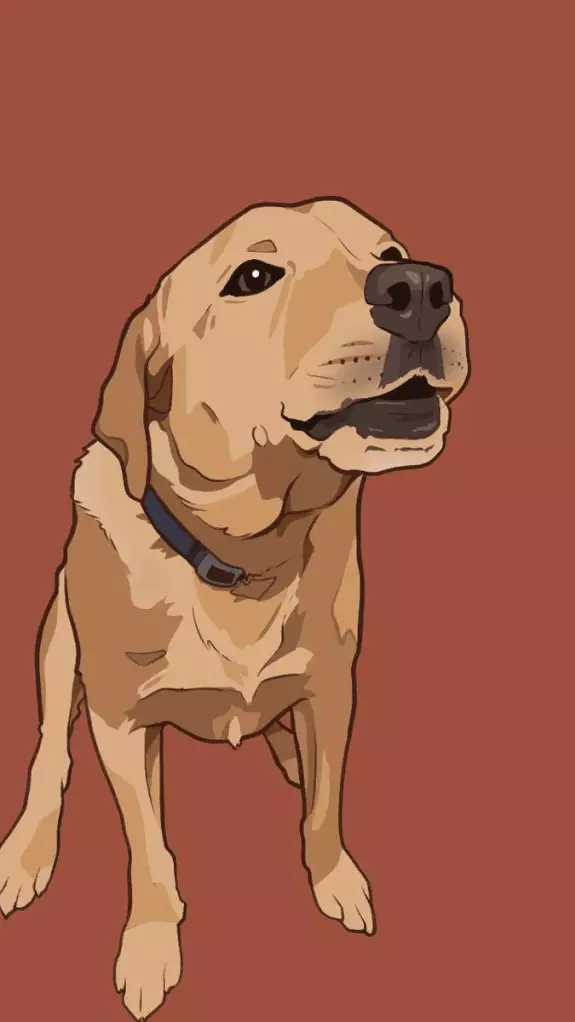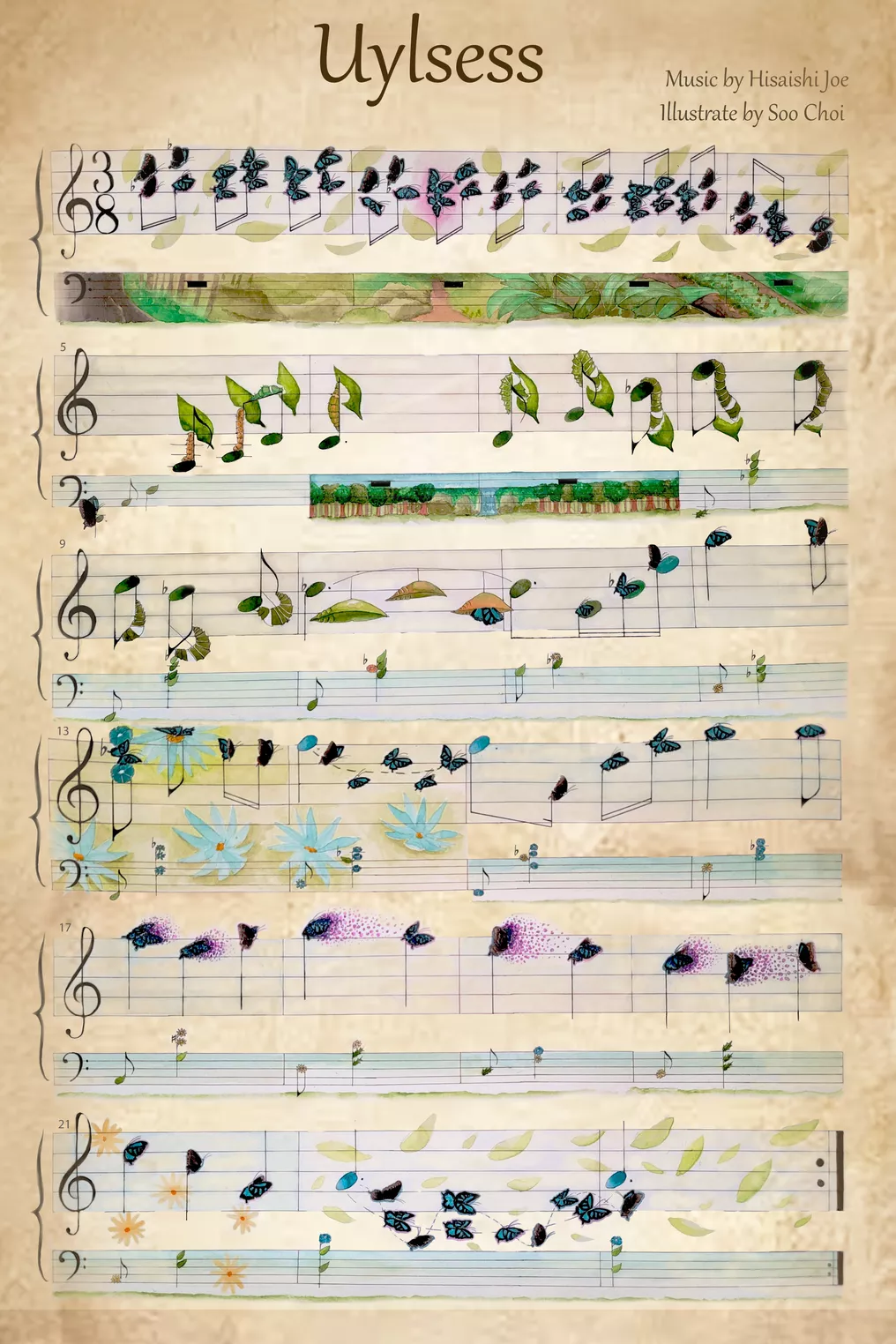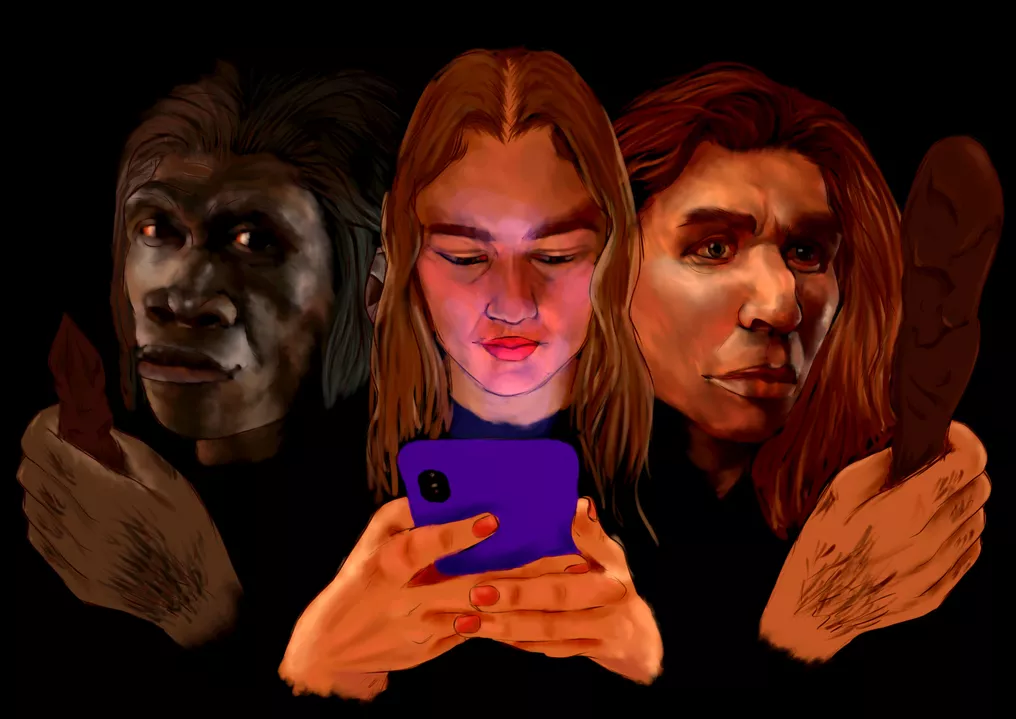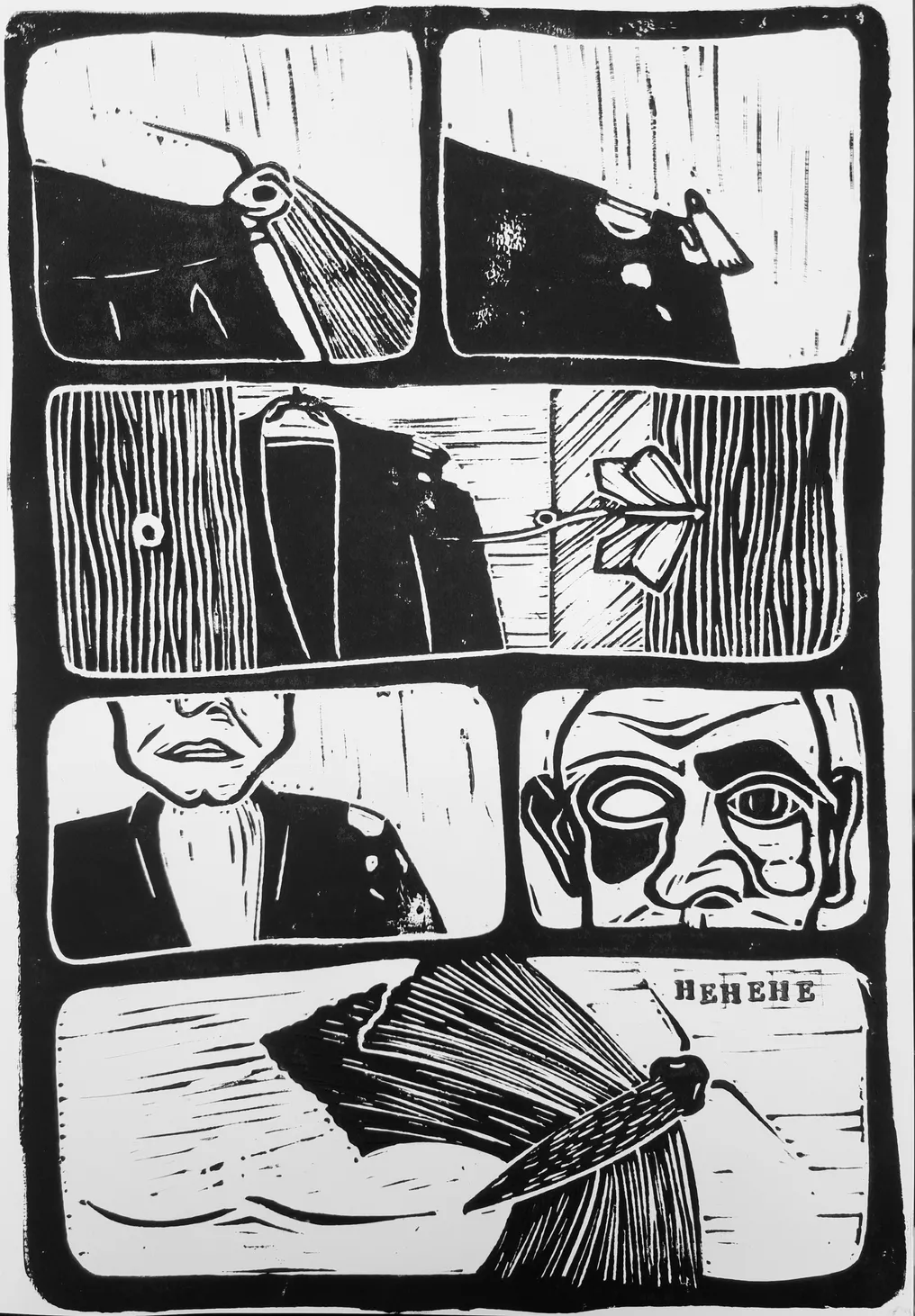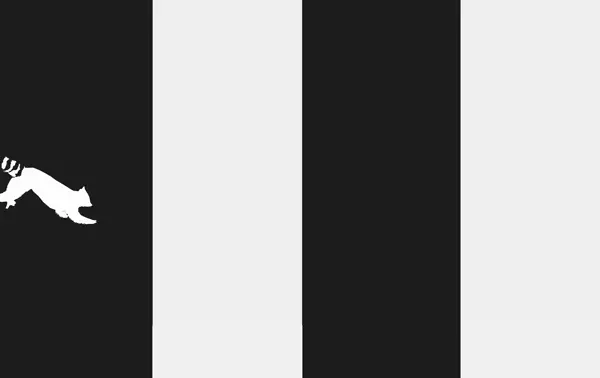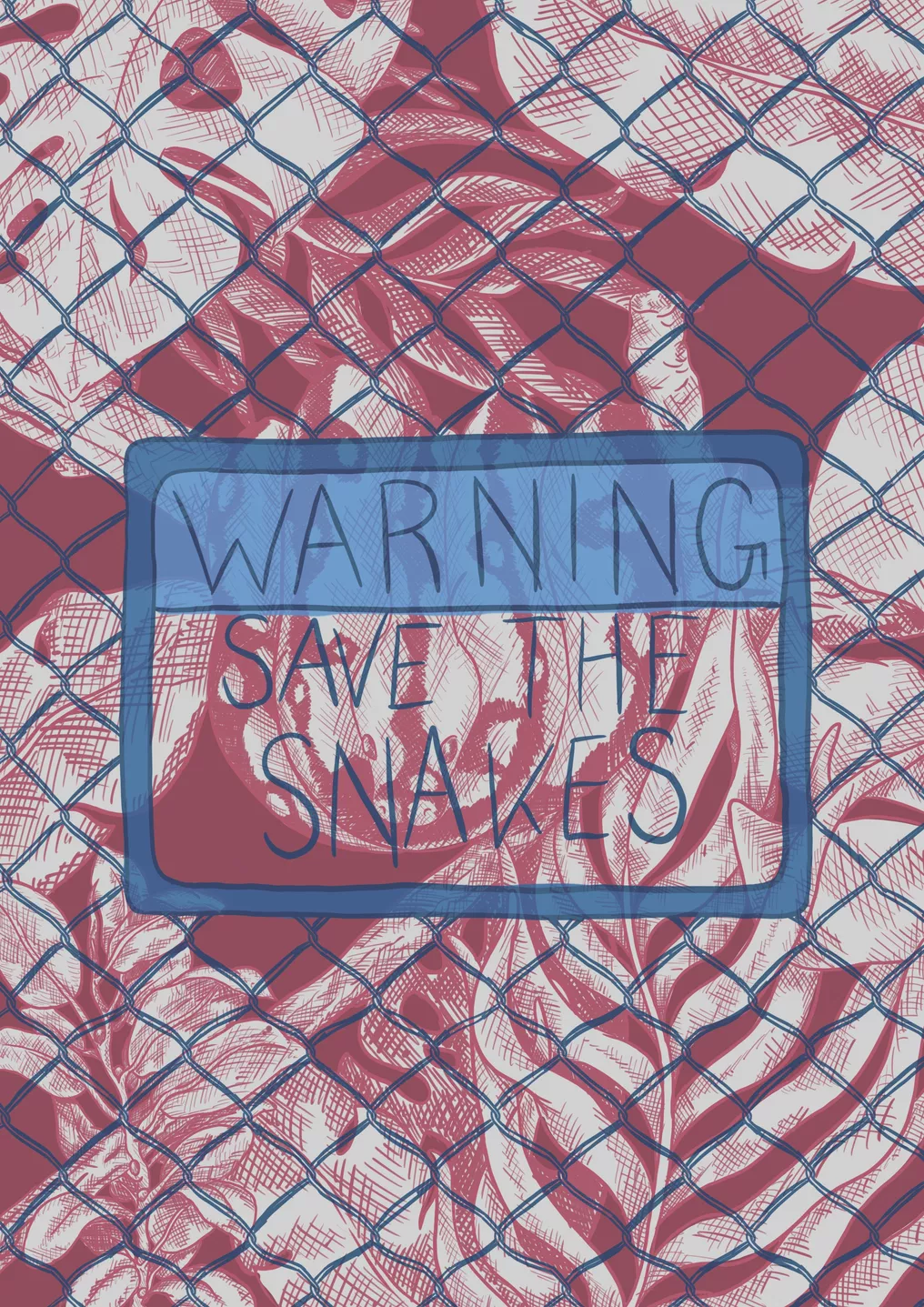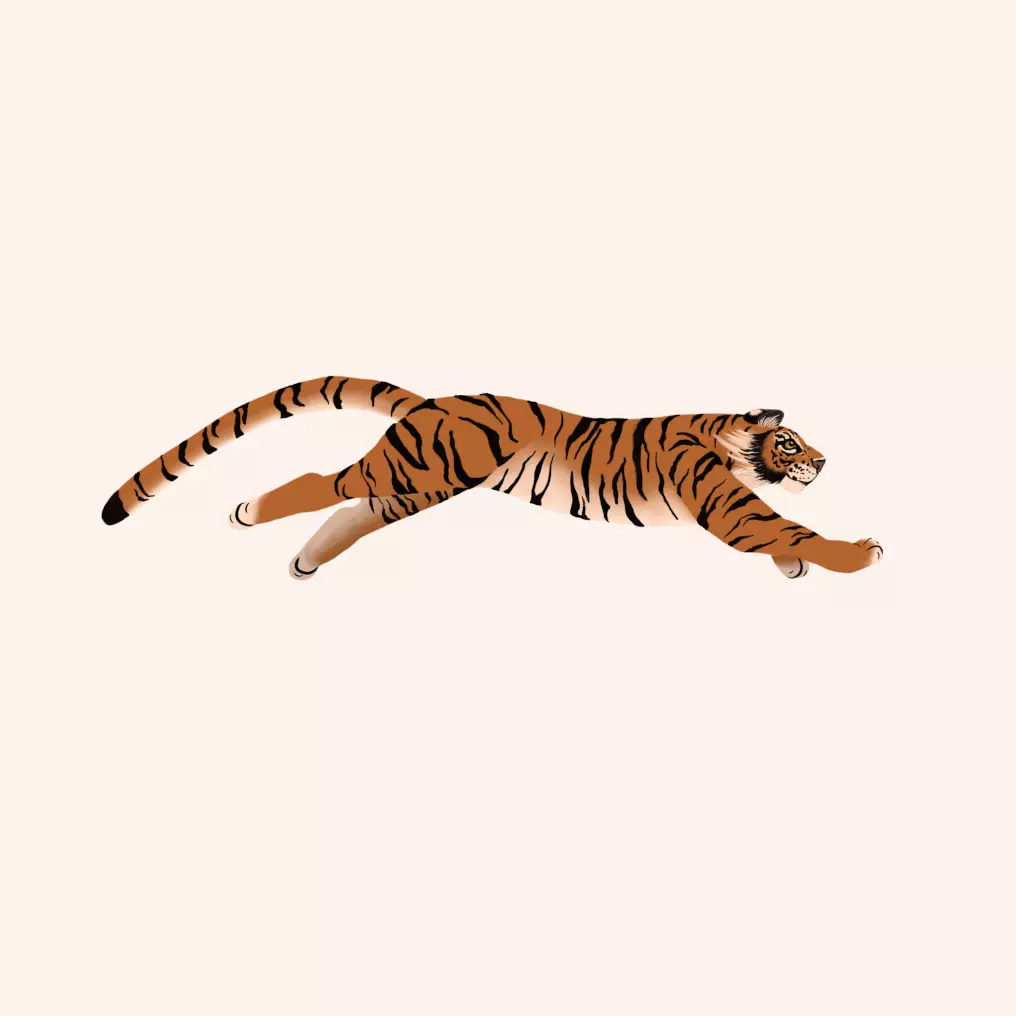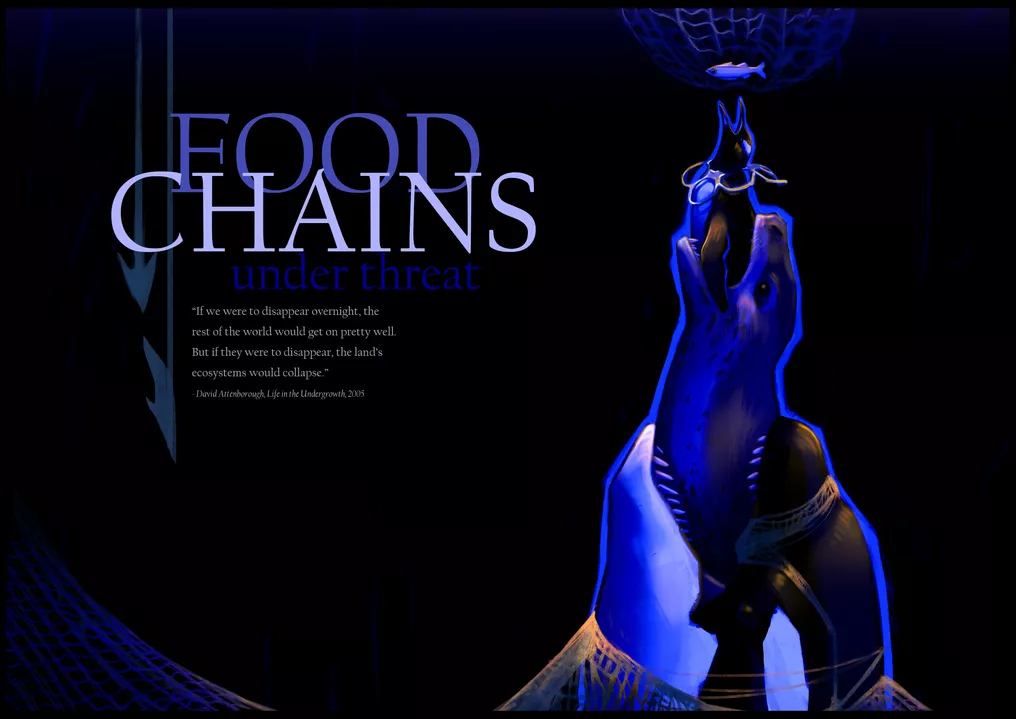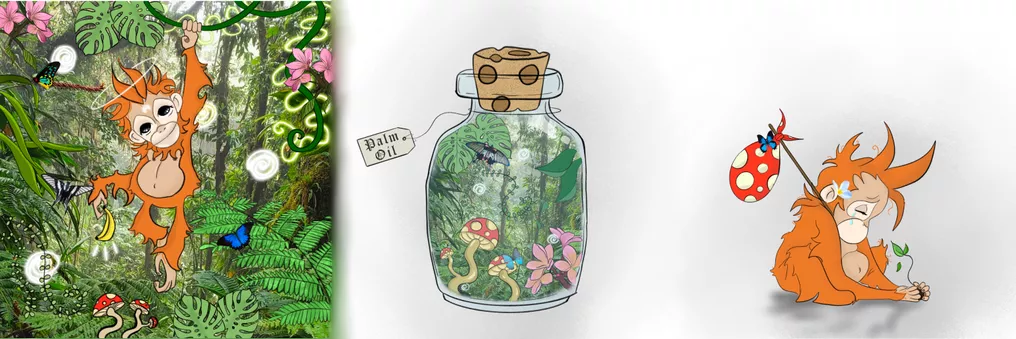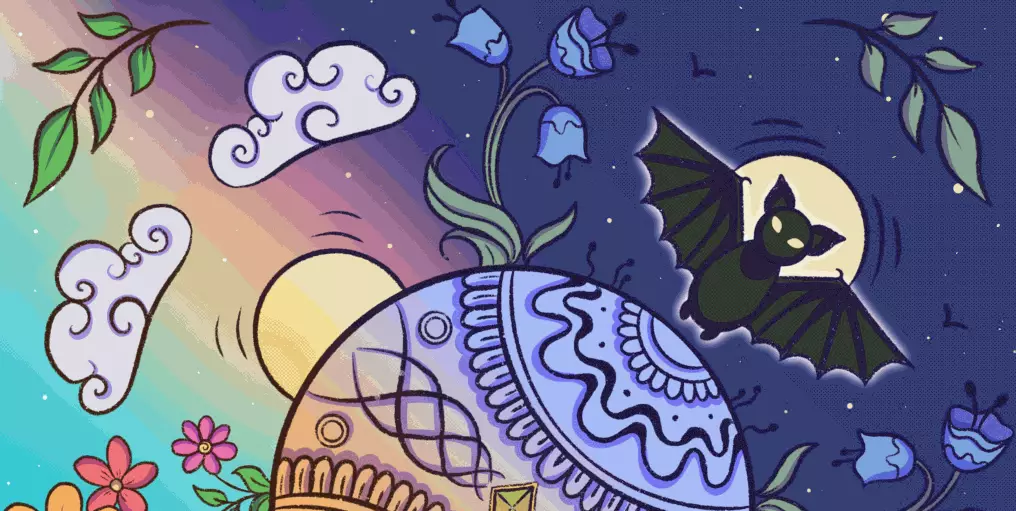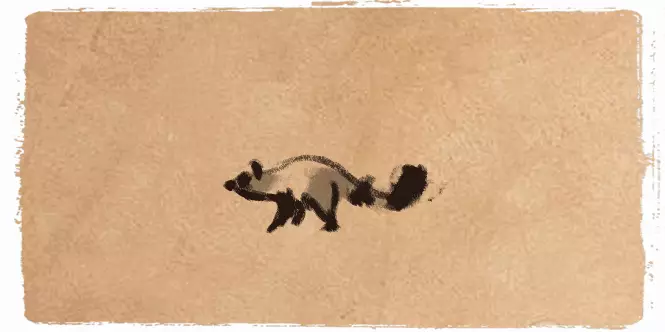
Evolution, raccoons and red pandas. This animation shows the evolutionary cycle and connection of these musteloidea animals. Although they are different from each other, research shows that they are very closely related and come from the same root family.
Read more about this work and other animation and sequential pieces under the Sequential Illustration tab above
Read more about this work and other animation and sequential pieces under the Sequential Illustration tab above

